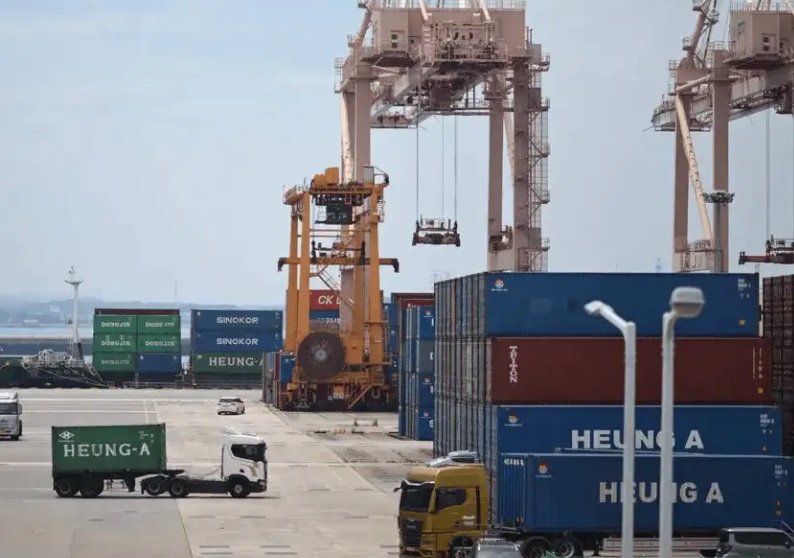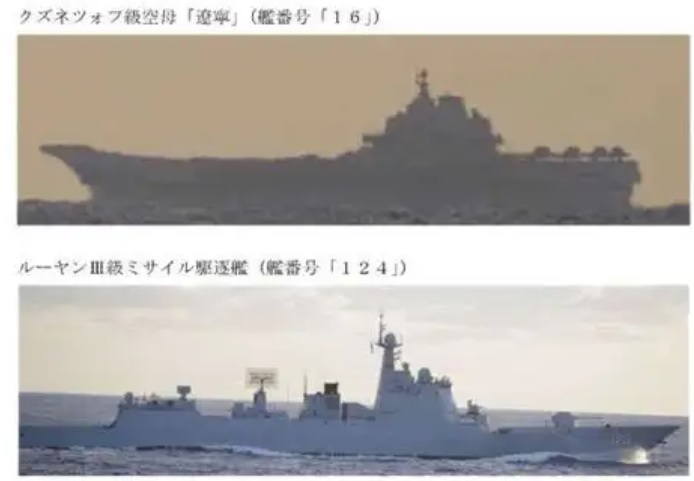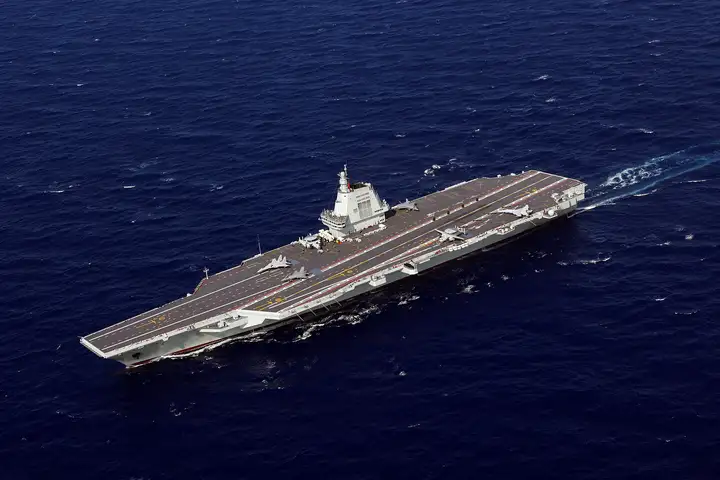Chinese Netizen’s view, diverse analyses of Trump’s tariffs:
View 1:
The fundamental strategic direction of Trump and Biden on the economy is the same: “Damage the global economy, fatten US data, forcibly seize high-end manufacturing, and accelerate decoupling from China.” Since the approach is identical, the impact of Trump’s strategy on the global economy can directly copy Biden’s answer:
- Continued pressure on the global economy and market demand.
- The US maintains high interest rates, keeping the cost of obtaining dollars high for many countries.
- International high-end manufacturing investment tilts towards the US (though investment ≠ actual increased US capacity).
- Labor-intensive manufacturing in China that’s easily replaceable, along with companies from Taiwan and Japan, will continue to relocate. However, the regions receiving this investment need to build roads, ports, and increase power supply, plus purchase production equipment and components – all heavily reliant on China. Consequently, China’s share of goods exports in global trade might actually increase (though the number of jobs driven by exports will likely decrease).
View 2:
Why is Switzerland’s rate so high?
Pharmaceutical giants Novartis and Roche hold pivotal positions in the Swiss economy. Swiss exports to the US are high-value-added: pharmaceuticals, chocolate, watches, etc. The US-Switzerland trade deficit in 2024 was $38 billion. The US is Switzerland’s second-largest trading partner (after the EU) and its largest export market for goods. Swiss exports to the US reached 56.6 billion CHF (approx. 662.7 billion RMB) in 2023. Switzerland has always had a 0% tariff policy on US goods, but the US previously imposed a 31% reciprocal tariff on Switzerland. The current 39% is significantly higher than the EU’s 15% or the UK’s 10%. Swiss President Karin Keller-Sutter stated on social media that she managed to speak with President Trump at the last minute but failed to reach any agreement. August 1st happens to be Switzerland’s National Day. With a population of only 8.8 million, Switzerland’s overall import consumption capacity is limited, making it difficult to change the trade deficit with the US. Martin Naville, CEO of the American Swiss Chamber of Commerce, said: “Even if we ate a steak every day, drank bourbon every three days, and bought a Harley, it would hardly change the trade deficit.” Previously, when the UK reached a trade deal with the US, Switzerland was optimistic about being next. Now, it seems the US is determined to pressure Switzerland, viewing it as unimportant! Switzerland has traditionally pursued neutrality, adopting a pragmatic stance between China, the EU, and the US. But Trump clearly wants to push Switzerland away from neutrality towards the US. Tariffs are the tool for this pressure. Under immense US pressure, maintaining Swiss neutrality and credibility will be very difficult.
View 3:
Just saw Trump adjusted tariff rates again. After watching “The Photographer of Nanjing” the other day, I reflected: Before the Japanese invasion, Chinese people experienced the Republic of China era, warlord conflicts, and the KMT government – national identity was weak. Frankly, people just survived under whichever regime. If Japan had initially come to establish a colony, ordinary folks might have accepted it. That explains the initial lack of resistance in Nanjing. But the Japanese weren’t colonizers; they aimed for genocide – “keep the land, eliminate the people.” This forced Chinese resistance. Whether a postman, shopkeeper, oblivious merchant’s daughter, or intellectual collaborator, they learned to resist through repeated Japanese atrocities and pressure tests – survival depended on it. The current US resembles Japan back then. The US has allies (“小弟” – little brothers/dogs) seeking benefits. But now, the US applies extreme pressure on all allies, exploiting familiarity (“杀熟” – killing the familiar). Isn’t it afraid of rebellion? Even “dogs” have limits! As Sun Tzu’s Art of War states: The supreme art is to subdue the enemy without fighting; next best is to disrupt alliances; then engage armies. China hasn’t even disrupted alliances yet; the US is alienating its own allies. The US resists China using allies as “leverage.” If this leverage is removed (or choked by the US), how will it counter China? Remember: managing “dogs” requires carrots and sticks, not just sticks. Allies follow out of fear, not virtue. When the US weakens, who will bite first?
View 4:
This tactic might temporarily ease the US trade deficit and slightly boost US exports in the short term. Long-term, it will accelerate global de-dollarization and decoupling from the US. Of course, Trump is a 4-year president; he won’t care about the deluge after his term.
View 5:
Why can Trump act this way? Because the US market is genuinely massive. Trump is the tax collector of the US market. The lesson for other countries is: Don’t be overly reliant on trade with the US!
View 6:
Refusing to open its own market while demanding others open theirs is hegemonic logic. Trump’s tariff policies involve clear discrimination, a result of his “maximum pressure” strategy. Regardless, maximum pressure inevitably causes mutual harm. Future international trade will operate under ‘inequality’ and high tariffs, further dampening investor enthusiasm and slowing world economic growth.
View 7:
Wait, what happened to the WTO Most Favored Nation principle from textbooks? Imposing 35% tariffs on Canada makes the USMCA practically meaningless. It feels like the US, failing its own economy, is flipping the table so no one plays. If everyone adopts a “law of the jungle” approach, fine – chaos leads to consolidation. But the real fear is the US refusing to accept defeat and resorting to armed conflict, potentially triggering a world war…
View 8:
It’s now clear what Trump wants:
- Drastically cut or eliminate tariffs on US goods imported into their country (effectively fully opening to the US).
- Purchase significantly more US goods (e.g., agricultural products, energy, aircraft).
- Accept protective tariffs on certain US industries (e.g., autos, steel, pharmaceuticals).
- Eliminate non-tariff trade barriers.
Meeting these might get you a tariff rate around 10-15% or slightly higher. It’s an open playbook. The market has become somewhat desensitized to trade talks, so tariffs likely won’t cause as severe an impact as in March/April.
View 9:
Trump’s tariff war has become a monstrous hybrid. Its original intent might align more with advisors like Navarro and Lighthizer, aiming for a cycle of boom and bust like the gold standard era. But now, wanting both the power to eliminate crises (via unlimited USD printing) and the strong credibility of gold-backed currency is pure fantasy. Any “win” is merely rhetorical. Trump won’t stop here. This is like an insect pupating; the tariff war has stabilized temporarily but is far from resolved.
View 10:
Short-term, US government tax revenue will surge. But beyond a few officials celebrating, most media, companies, and economists are nervous. US manufacturing is weak; most consumer goods are imported. Tariffs will raise prices for everyday items and factory costs, fueling inflation. Trump’s dream of manufacturing returning becomes even less likely – high costs and inflation deter investment. Western media argues the US is inadvertently helping its main rival, China, by offering it a chance to present itself as a more stable trade partner.
View 11:
Is Trump using widespread tariffs to hike US domestic prices? Needing money is a factor, but… if tariff talks don’t force major concessions from China, won’t Chinese goods – already cost-competitive and technologically advanced – flow even more freely? (e.g., Apple assembly leaving tariff-hit India might return to China). It’s like Trump telling China: “I’ll stab myself first, then we talk. If talks fail, I’ll stab myself again. Aren’t you scared?” Essentially, US tariffs are clearing the path for Chinese goods?
View 12:
The rates for most countries are reasonable. They impose outrageous agricultural trade barriers against the US: Japan has 200%+ tariffs on rice over quotas, South Korea 500%+, Europe uses discriminatory sanitary rules to block imports. Trump giving them only 15% is arguably lenient and reciprocal. Exceptionally high rates target either countries with other significant trade barriers besides agriculture, or those massively transshipping Russian goods.




